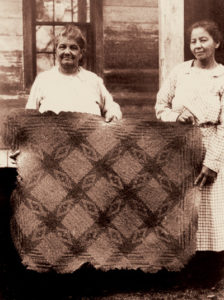Archaeology
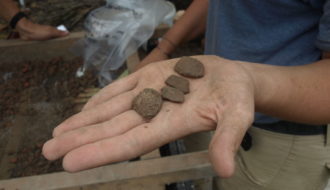
Archaeology of the New Orleans Area
In New Orleans archaeological explorations span 2,500 years of history

In New Orleans archaeological explorations span 2,500 years of history
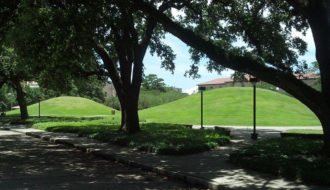
During the Archaic period, people from the Evans culture built large mounds made of dirt.
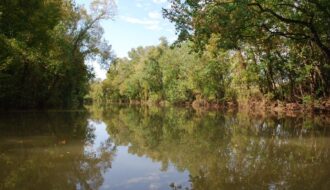
Before railroads and highways, Bayou Teche served as an important transportation route deep into the fertile interior of south-central Louisiana.
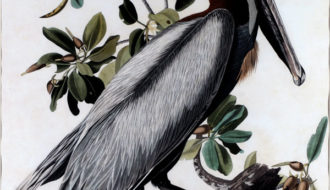
Declared locally extinct in 1963, the brown pelican population rebounded in the state due to efforts by the Louisiana Department of Wildlife and Fisheries.
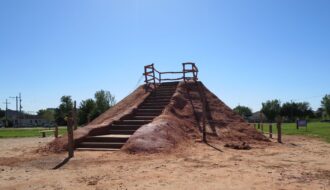
An Indigenous name for the area most often known in English as New Orleans.
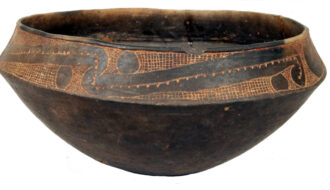
This entry covers prehistoric Caddo culture during the Late Woodland and Mississippi Periods, 900–1700 CE.
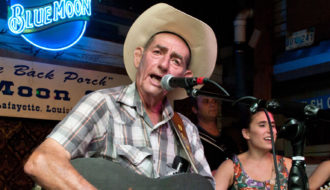
Louisiana’s Cajun music has been influenced by a rich blend of musical traditions.

Cajun music is a genre that arose in southwestern Louisiana from the Francophone folk music traditions of the Acadians.
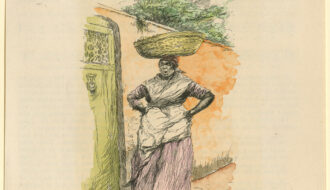
Fried rice cakes known as calas were once ubiquitous among New Orleans street vendors.
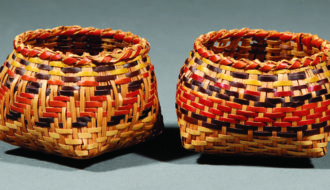
Deeply rooted in the history, spirituality, and daily activities of the Chitimacha people, basketry remains a visible expression of the Chitimacha Indian tribe’s culture and tradition.
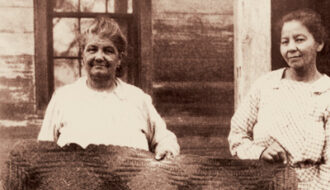
The Chitimacha Tribe is the only federally recognized tribe in Louisiana to still occupy part of its ancestral territory.

The Chitimacha Tribe is the only federally recognized tribe in Louisiana to still occupy part of its ancestral territory.
One-Year Subscription (4 issues) : $25.00
Two-Year Subscription (8 issues) : $40.00
